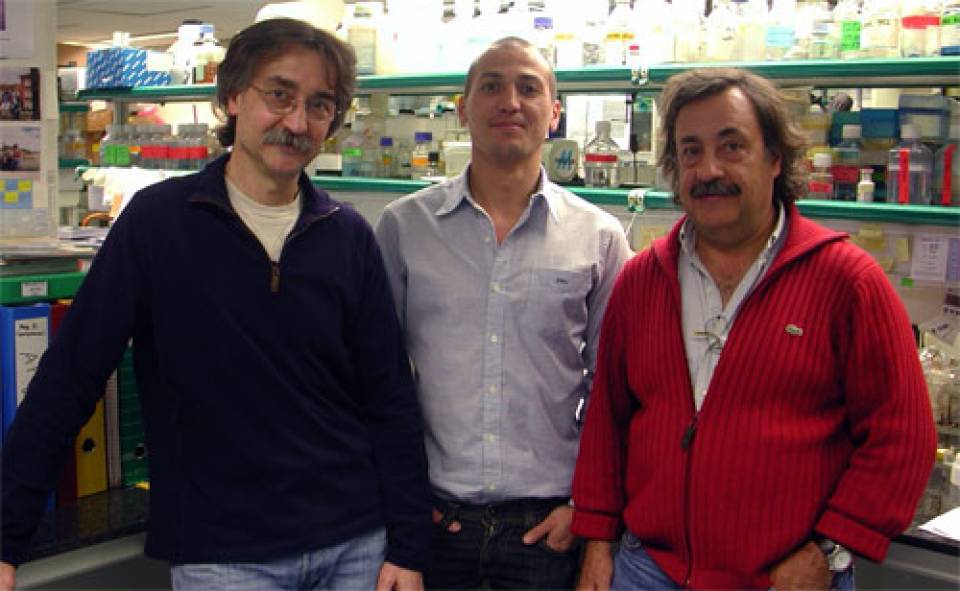The article describes how the KRas protein is actively transported from the cell membrane, where most of its known activity takes place, to the lysosomes. The lysosomes are organelles responsible for breaking down proteins; this breakdown pathway was unknown in the case of KRas. Thanks to videomicroscopy techniques using a confocal microscope and the fluorescence, resonance energy transfer (FRET) technique, the researchers have observed how the protein is brought inside the cell and transported to the lysosomes. The protein remains active during this journey through the interior of the cell, which leads to the suspicion that it continues to exercise its influence on signalling pathways relating to cell proliferation and the appearance of cancers.
The signalling pathways activated by KRas are highly complex. With the newly available data, it will be necessary to investigate whether the signals emitted on the way to the lysosomes have a different meaning for the cell than those generated from the membrane, the protein’s usual site of action. These results provide clues to stimulating the elimination of KRas, a line of research that might result in new therapeutic strategies against cancer and diseases in which the formation of lysosomes is abnormal, such as Niemann-Pick disease. KRas is already used in the diagnosis of diseases such as colon, lung and breast cancer. The better we understand its biology, the more we will know about how it appears and how this and other diseases can be combatted.

